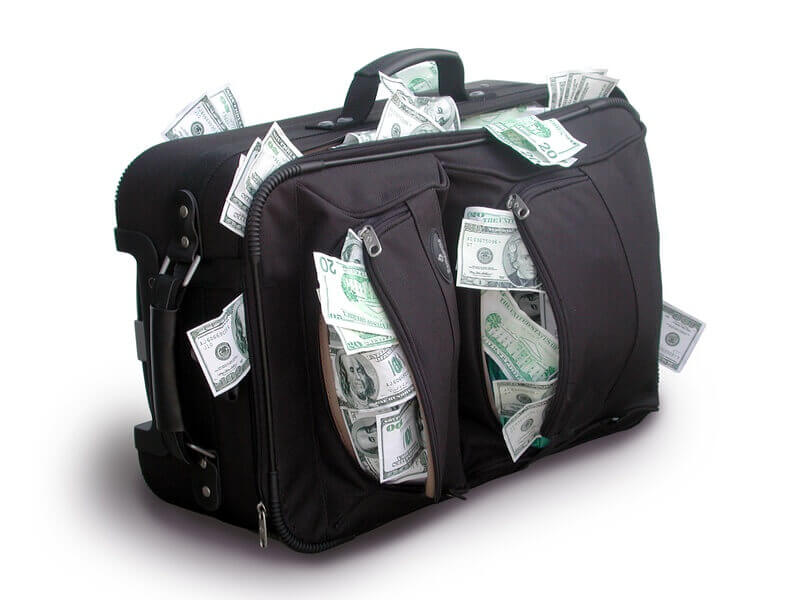
The recent 2015 Ideaworks compilation of airline ancillary revenue sheds some light on airline practices, not least that of Spirit Airlines. According to the report, Spirit is once again recognised for achieving the highest ancillary revenue. Spirit reported $51 in ancillary revenue per passenger or 43% of its total revenue.
With Spirit’s financial success – among the highest margins in the industry – what keeps other airlines from matching its ancillary strategy?
Let’s review Spirit’s performance by ancillary fee to see where there might still be upside for other carriers:
Online fees
Spirit charges a ‘fee’ for booking online or through reservations – it’s hard to avoid this ‘service’. Since potentially 99% of their passengers are subject to this ‘option’ I don’t actually regard it as a real option and would argue that it shouldn’t be included in the ancillary calculation. Excluding this fee, Spirit’s ancillary is $34 per passenger and less than 30% of total revenue. In fact, excluding this fee, many US carriers post equal or higher revenue per passenger than Spirit, including United ($44), allegiant ($50), and Alaska ($34).
Bag fees
If online fees are excluded, Spirit reports 62% of its total ancillary from bag fees; thus, bag fees represent by far the largest ancillary revenue stream for Spirit. Spirit receives $21 per passenger in bag fees while the large legacy carriers each report less than $5. Spirit’s higher bag revenue is the result of three factors:
- Carry on fees. In the US, only Spirit and Frontier are charging for carry-on; most carriers still do not. Not charging for carry-on probably reduces legacy carrier ancillary revenue by $10 per passenger.
- Fee exemptions. Other airlines’ offer bag fee exemptions for many credit card holders and frequent flyers. While this may reduce bag revenue by another 50% or $5 per passenger, there is an offset in credit card revenue (see FFP below).




